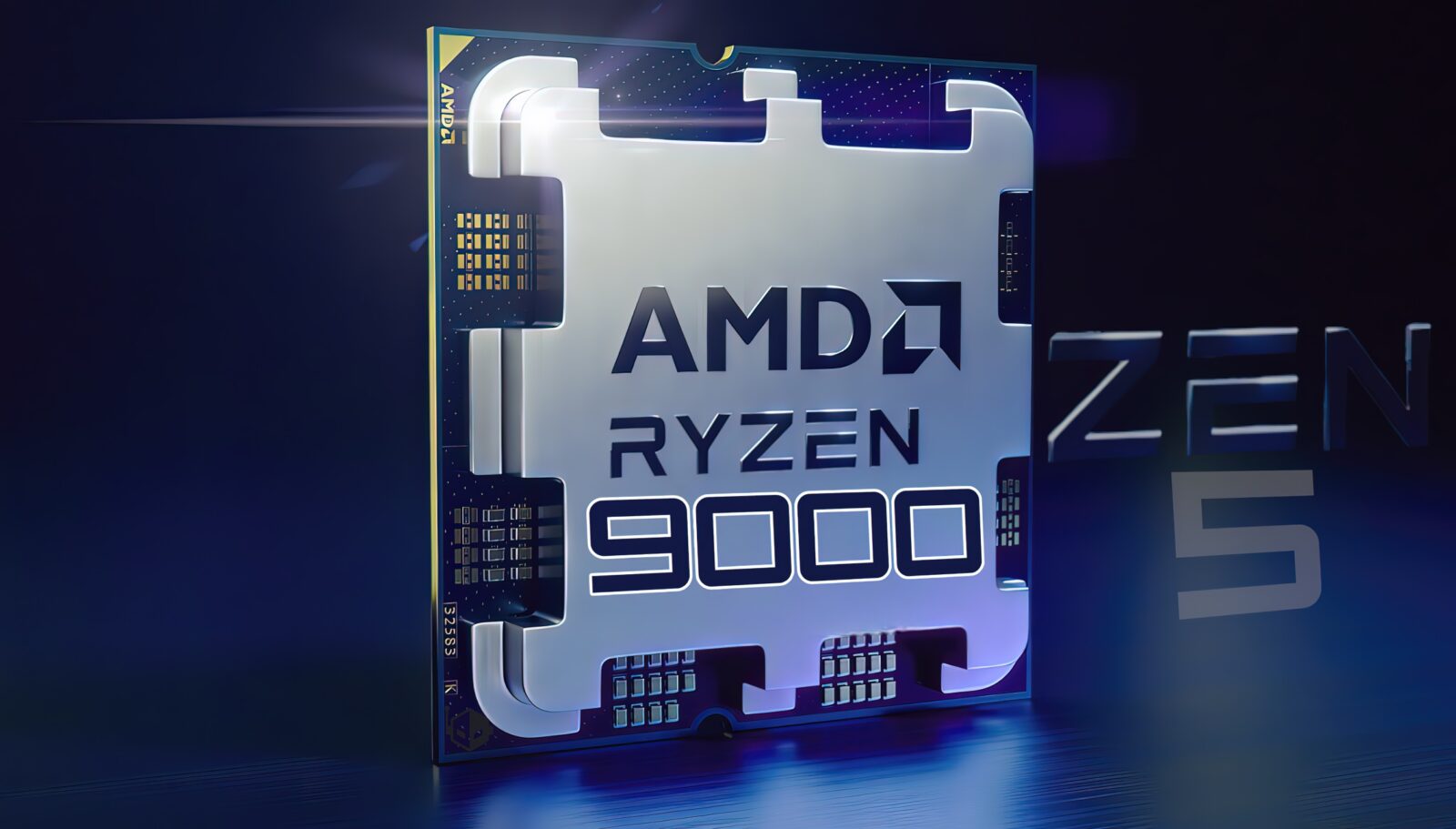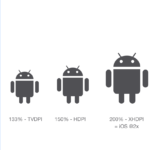The technology community is abuzz with anticipation following a recent leak of details surrounding the AMD Ryzen 9000 CPU series. These next-generation processors are poised to deliver a major leap in desktop computing performance, redefining what users can expect in terms of speed, efficiency, and innovation. In this in-depth analysis, we explore every facet of the Ryzen 9000 series—from its groundbreaking Zen 5 architecture and rumored specifications to its potential market impact and competitive positioning.
Whether you’re a PC enthusiast, a gamer, a content creator, or an industry analyst, the Ryzen 9000 series represents a significant milestone that warrants close attention.
Unpacking the Leaked Specifications: What’s New in Ryzen 9000?
One of the most talked-about features of the Ryzen 9000 series is its use of AMD’s latest Zen 5 architecture. This new microarchitecture is expected to usher in a substantial performance uplift compared to previous generations. It builds on AMD’s tradition of efficiency-focused design, combining raw power with smart optimization.
Here’s a breakdown of the key features revealed in the leaks:
Zen 5 Architecture: This new architecture emphasizes efficiency and performance. AMD is likely introducing improvements in branch prediction, execution units, and throughput—all designed to deliver better performance per watt.
Up to 16 Cores and 32 Threads: These higher core and thread counts are particularly appealing to content creators, 3D artists, and developers running parallel workloads. Multi-core performance is expected to reach new heights, potentially surpassing even AMD’s current flagship CPUs.
Larger and Faster Cache: The inclusion of an expanded L3 cache aims to reduce latency and accelerate data retrieval. This will be especially beneficial in gaming and workloads that rely heavily on fast memory access.
Boost Clock Speeds Up to 5.5 GHz: With such high frequencies, the Ryzen 9000 CPUs could offer elite single-thread performance, crucial for gaming and real-time applications.
3nm Manufacturing Process: The shift to TSMC’s 3nm node allows for greater transistor density, resulting in improved power efficiency and thermal management, all while packing more processing power into the same die area.
These enhancements are not merely incremental; they suggest a holistic overhaul in performance strategy, paving the way for major real-world improvements in both consumer and professional computing environments.
Expected Launch Timeline and Availability
While AMD has yet to make an official announcement, insider sources suggest that the Ryzen 9000 series is slated for a release in Q4 2024. This timing would align strategically with AMD’s past product launches, which have often targeted the holiday season—a peak time for consumer spending and hardware upgrades.
Retail availability is anticipated to follow quickly after the announcement, with major online and physical retailers likely offering pre-orders weeks in advance. Given AMD’s growing popularity, early demand is expected to be high, so securing units at launch may require swift action.
Performance Expectations: Breaking the Benchmark Barriers
If early performance estimates are accurate, AMD’s Ryzen 9000 CPUs could set new benchmarks across a wide array of computing tasks. Here’s what users might expect in terms of real-world gains:
Multithreaded Workloads: The combination of additional cores, higher thread counts, and Zen 5 efficiency is set to deliver top-tier performance in video editing, 3D rendering, software compilation, and other compute-intensive tasks.
Gaming: Gaming performance, which relies heavily on single-thread performance and cache optimization, will see major improvements. Smoother frame rates, faster load times, and better multitasking during gameplay are all on the table.
Power Efficiency: The transition to the 3nm fabrication process promises substantial energy savings, reducing heat output and power draw while maintaining high clock speeds.
AMD is expected to continue its focus on balanced performance—offering CPUs that not only score well in synthetic benchmarks but also translate that power into noticeable everyday benefits for users.
Market Implications: What Ryzen 9000 Means for AMD, Intel, and the Consumer
The introduction of the Ryzen 9000 series will likely have ripple effects throughout the entire CPU market. AMD’s aggressive innovation pace has already disrupted the market once before, and the Ryzen 9000 looks set to raise the stakes again.
Here are some expected market dynamics:
Increased Competition: Intel, AMD’s primary competitor, will be forced to accelerate development of its next-gen processors. The competition between AMD’s Zen 5 and Intel’s forthcoming Meteor Lake or Arrow Lake platforms will be intense.
Market Share Shifts: With a strong value proposition and superior performance, AMD could gain a larger slice of the desktop CPU market, especially among enthusiasts and high-performance users.
Price Adjustments: The release of a new generation often drives prices of previous models downward. Consumers who don’t need cutting-edge performance may find excellent value in discounted Ryzen 7000 and 8000 series chips.
Technological Advancements and Platform Features
Beyond raw performance, AMD’s Ryzen 9000 CPUs are expected to incorporate several important platform-level improvements:
Support for DDR5 Memory: DDR5 offers faster memory speeds, lower power usage, and greater efficiency. This will future-proof systems for years to come and provide noticeable speed improvements in high-memory-load applications.
PCIe 5.0 Integration: PCI Express 5.0 doubles the bandwidth available in PCIe 4.0, allowing for ultra-fast NVMe storage solutions and next-gen GPUs to perform at their best.
AI and Machine Learning Enhancements: With increasing software integration of AI, the Ryzen 9000 CPUs are expected to include AI-focused instructions or optimizations. This could impact everything from workload prioritization to predictive caching.
Comparing Ryzen 9000 to Ryzen 7000/8000 Series
For users considering an upgrade, it’s important to understand how Ryzen 9000 stacks up against its predecessors:
Performance Gains: Early leaks indicate up to a 30% improvement in specific workloads compared to Ryzen 7000. These gains vary depending on the application but are especially pronounced in tasks that benefit from core scaling and clock speed improvements.
Thermal and Power Efficiency: Thanks to the 3nm process, the Ryzen 9000 chips are expected to run cooler and more efficiently. Lower thermal output can contribute to longer system longevity and quieter cooling solutions.
Overclocking Headroom: Enthusiasts will likely appreciate the improved silicon quality and refined power delivery, potentially unlocking new overclocking records.
Reception Among Consumers and Industry Analysts
The Ryzen 9000 leaks have generated considerable enthusiasm. Industry analysts see the platform as a strong contender for best-in-class desktop performance, while consumers—especially those building high-end gaming rigs or workstations—are watching closely for release announcements.
Online forums, tech review channels, and enthusiast communities are rife with speculation, analysis, and build plans based on the leaked data. It’s clear that AMD has tapped into a vibrant and passionate user base eager for the next big leap in processor technology.
Conclusion: Ryzen 9000 Signals a New Era for Desktop CPUs
The Ryzen 9000 series appears poised to redefine desktop performance standards. With the Zen 5 architecture, TSMC’s advanced 3nm process, and key enhancements in memory, connectivity, and AI integration, AMD is delivering a processor lineup that speaks to both the present and the future of computing.
While we await official benchmarks and product availability, the available leaks already point to a paradigm shift in how consumers and professionals alike will approach PC building, content creation, and gaming.
For those considering a CPU upgrade or planning a new system build in late 2024 or beyond, the AMD Ryzen 9000 series should be at the very top of your watchlist.















Leave a Review